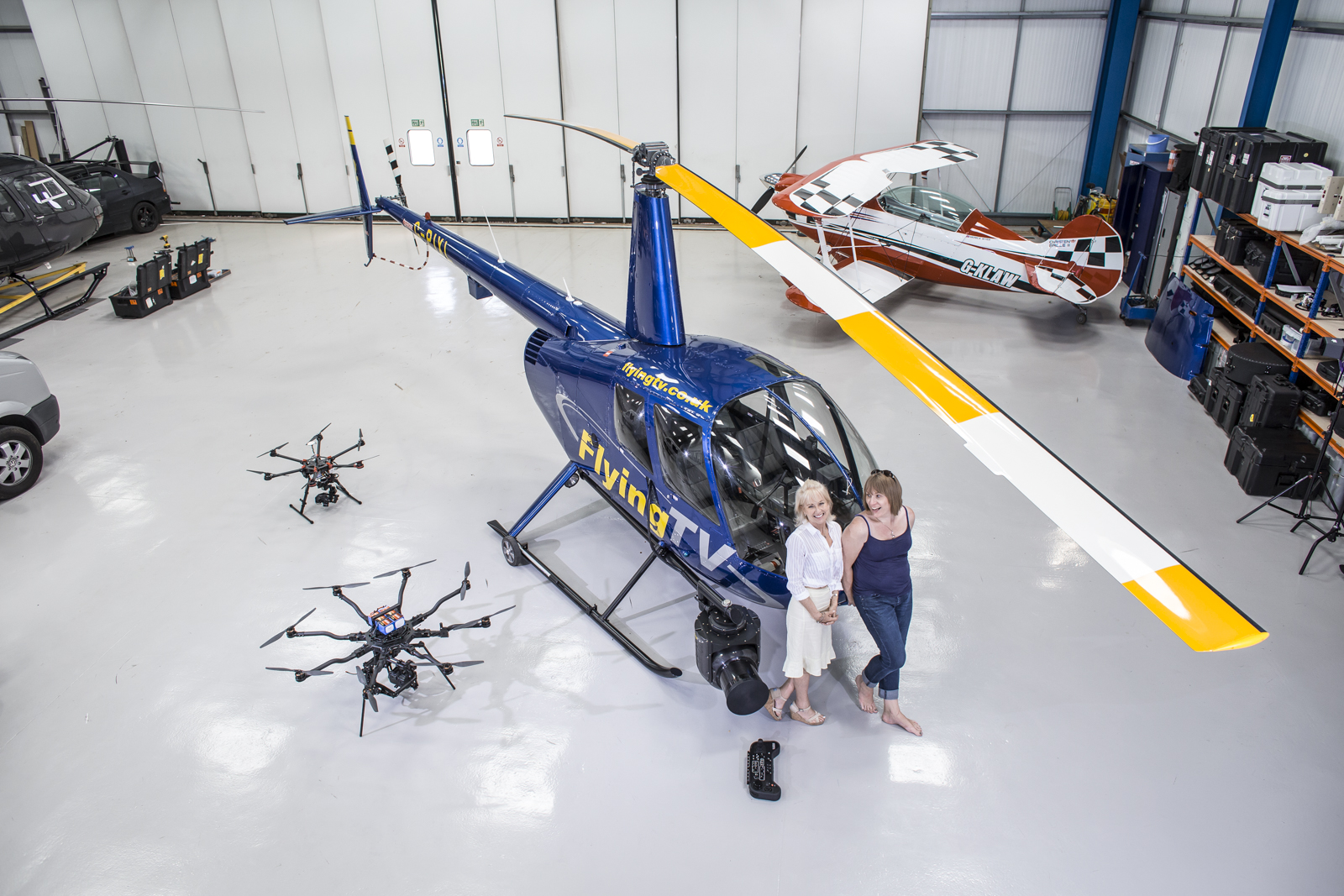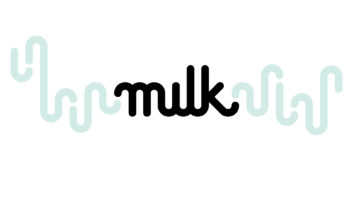
Drones have been on the receiving end of a great deal of justifiable, adverse comments in recent months. There have been reports of near misses with commercial aeroplanes, and court cases have arisen as a result of drone-related injuries, yet drones have played their part in creating some dramatic images when it comes to television and film production.
“It’s just like any part of the production process – we have to use the equipment and facilities in a safe and sensible way.” That’s the view of Sarah Greene, whose late husband and fellow broadcaster, Mike Smith, set up Flying TV in order to bring a new dimension to aerial coverage.
Greene recalls, “We were in California during the OJ Simpson trial and were watching live shots from a helicopter following the car. Mike turned to me and said, ‘That’s what we must do, and do it better’. The next few years were spent developing a helicopter filming service that excelled. Now, we have applied that same ethos to providing a drone service that meets the needs of production companies in the UK and beyond. My job, as managing director, is to make sure Flying TV evolves and grows as Mike would have intended.”
She says that the Denham based company held off moving into drones for a while before offering that service. “Those early models were at the lower end of quality – and we were not sure they would provide the level of service that our clients would have expected of us. Beyond that, the ready accessibility of drones meant that many companies entered the market with little or no idea of how the broadcast industry works.”
Being dependable
By waiting until the technology and reliability of both the drones and suitable cameras improved, Flying TV was able to enter the market in sure knowledge that it would maintain its reputation for dependability and consistency. In fact, the company is a CAA-approved commercial drone operator, flying both the Freefly Alta 8 and DJI S900 Spreading Wings.
Monica Wyer, the company’s aerial director of photography and operations manager, picks up the story. “A great many people who were operating at the lower end of the market simply don’t realise that when you go off to do a task, there are certain expectations from the director and the producer that have to be met. It’s not just you and your drone – it’s about working as a team and being professional. That approach means we are now involved with numerous high-end dramas for major broadcasters, blue chip corporate clients and commercials production companies.”
Camera considerations
Although the company offers a choice of drones to suit both the application and the budget, the decision about which camera to use is usually key. “The camera tends to dictate the overall quality of the production,” states Wyer. “For high-end work, the Freefly Alta 8 can carry the Alexa Mini, the Canon C300 MkII or the Red Weapon. Alternatively, where HD or a 4K small sensor will suit, the Panasonic Lumix GH4R Camera can be accommodated on the DJ S900.”
Material is recorded on the cameras, although monitoring is provided via a Teradek link to the camera operator and director.
Although most of the drone work is for recorded productions, there is a growing call for live inserts into, for example, sports programmes. “We’re currently in a partnership to develop a system which will provide a live package that not only includes the normal functions of pan, tilt, zoom and so on, but also a rackable camera that can be colour balanced, with no delay.”
Covering the camels
Moving away from the UK, Airfilms Productions was established in 2011 in the Netherlands and began live broadcasting from drones the following year. The company also has a base in Dubai, with plans for further operations centred on Singapore and South Africa. Currently, there are eight drones in the company’s fleet.
“In 2011, we were the world’s first company to carry a Red Epic cinema at an altitude of 3000 metres,” states Bastiaan Pauw, the company’s CEO, based in The Hague. “The call for drones in broadcast and film work has certainly increased in recent times, with our turnover doubling each year since we started.”
To date, Airfilms Productions has been involved in nearly 13,000 registered flights involving drone filming – and with no accidents. The projects have included sailing events, marathons, triathlons, horse endurance races and city rally races. One particular project that is both interesting and challenging is coverage of camel racing in Qatar.
“We used an in-house custom built drone for this coverage. It had to be specially constructed to withstand the sandy conditions and heat in excess of 45 degrees celsius. No ‘off-the-shelf’ drone is able to handle that for live and intense productions.”
Pauw reports that the maximum flying range for the race was a ten-kilometre circle above a track. “We were able to get some spectacular shots immediately over the racing animals and with the shadows created by the sun, this was dramatic footage.”
“To meet the production requirements, we used a modified DSLR camera with a resolution of 1080i. Like the drone, we custom-built the control panel for the specific job. Our camera operator was situated in a vehicle which followed the race around the circuit, so that we were always in easy range of the drone.”
To accommodate the live broadcast, Airfilms Productions used Cobham Solo H.264 transmission for ultra-low latency.
Pauw concludes, “The director was able to monitor the shots provided on the flight in the OB van in the normal way. By using a drone for this kind of coverage, directors are able to bring inspiring events to life with close-range aerial filming.”
Back at Flying TV, Wyer believes the next big move for live drone technology will be 4K. “That is some way off because of the delay issues. At present, it’s 250 milliseconds, which is too great for live programmes. But technology within our industry is moving at a pace – and who knows what the immediate future will hold?”






